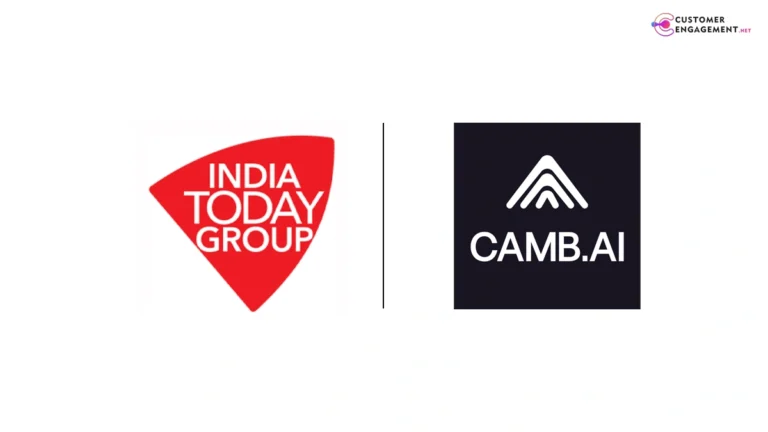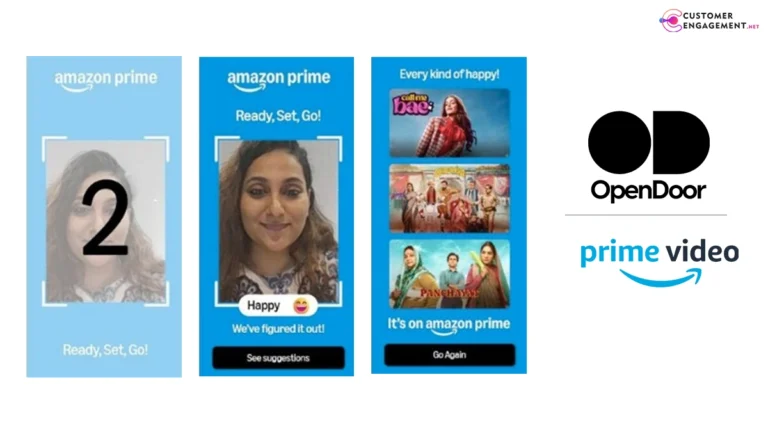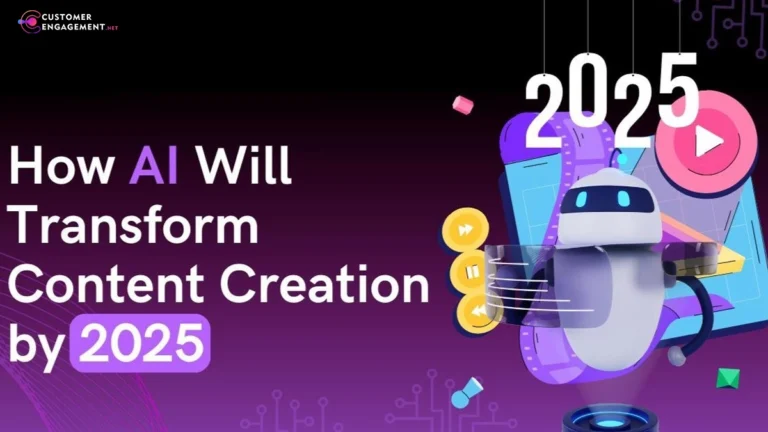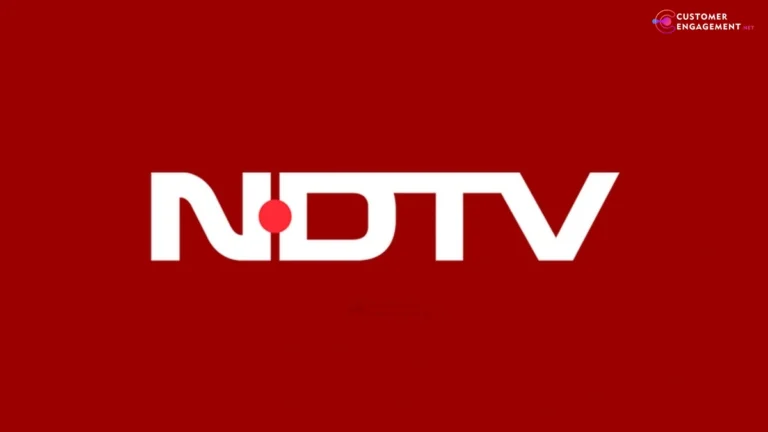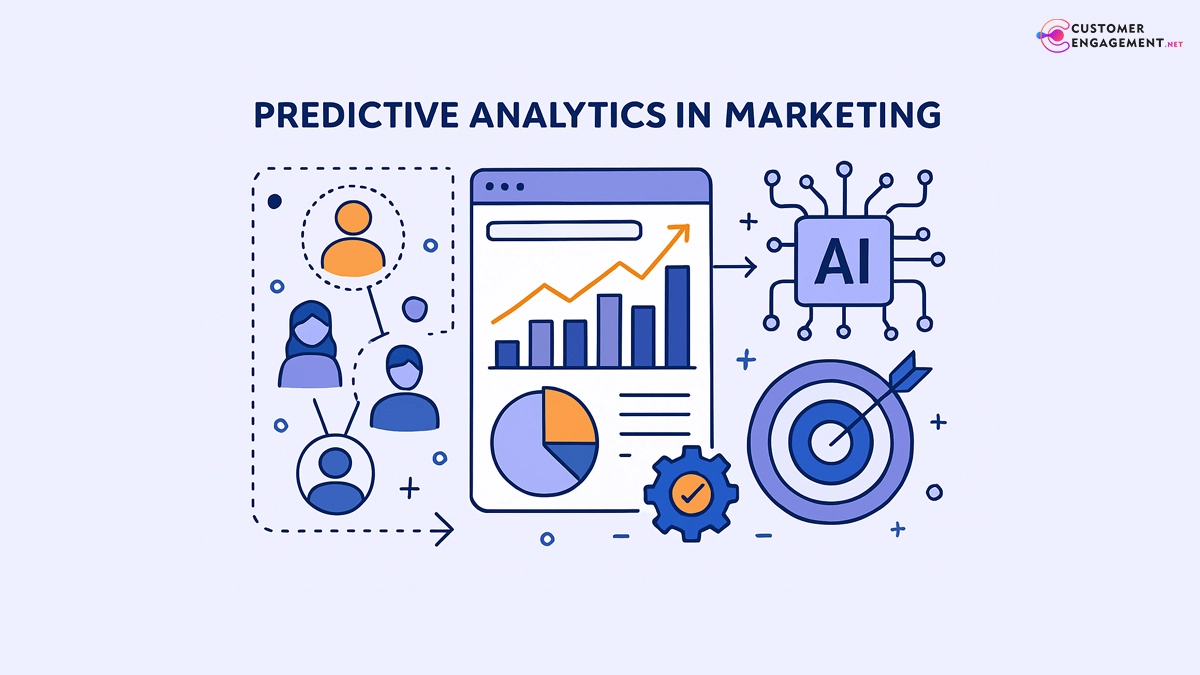
Introduction
Predictive analytics is transforming how marketers segment audiences and ensure campaign success in today’s data-driven landscape. Fueled by machine learning, artificial intelligence, and statistical modeling, predictive analytics enables brands to move from reactive strategies to proactive, insight-driven marketing. This approach empowers organizations to better understand customers, tailor campaigns with precision, and drive measurable growth.
What Is Predictive Analytics in Marketing?
Predictive analytics uses historical data, behavioral cues, and advanced algorithms to forecast future customer actions and preferences. Rather than simply analyzing what customers have done, it anticipates what they are likely to do—enabling marketers to engage each segment with timely, relevant, and effective messaging.
Predictive Segmentation: Moving Beyond Demographics
Traditional segmentation (e.g., by age, gender, or location) tells you who your customers are, but predictive segmentation tells you what they’ll do next. By combining purchase history, engagement metrics, browsing patterns, and external signals, predictive models create dynamic customer segments based on anticipated behaviors—such as the likelihood to buy, churn, or respond to specific campaigns.
Key Benefits
- Precision Targeting: Predictive segmentation identifies high-value audiences (e.g., likely purchasers or churn risks), improving resource allocation and conversion rates.
- Personalization at Scale: Marketers can deliver customized messages, offers, and experiences unique to each segment.
- Continuous Optimization: As models are fed real-time data, segments evolve, helping brands keep up with changing consumer behaviors.
Predictive Analytics for Campaign Success
Predictive analytics ensures campaign success by enabling marketers to anticipate what will resonate with each segment – and to optimize campaigns before launch.
How Predictive Analytics Drives Campaign Performance
- Smart Budget Allocation: Allocate more resources to highly responsive segments and channels using predictive forecasts, minimizing spend wastage and maximizing ROI.
- Timing and Frequency Optimization: Algorithms determine the best moments to deploy campaigns, optimizing send times and ad impressions for increased engagement.
- Content and Offer Personalization: Campaigns are tailored to what each segment is most likely to respond to, leading to higher conversion rates and loyalty.
- Modeling and Simulation: Marketers can use historical and predictive data to forecast potential campaign outcomes, simulating different approaches and selecting those most likely to succeed.
- Churn Prevention and Retention: Identify customers at risk of leaving and deploy targeted retention campaigns before disengagement happens.
Real-World Impact and Trends
In 2025, the adoption of predictive analytics in marketing and sales is projected to increase by 25%, with organizations utilizing these tools seeing up to a 10-20% boost in revenue and significant reductions in cost and churn rates. Automated machine learning tools and integrated martech stacks have further democratized access to predictive analytics, making it easier than ever to embed these insights into everyday operations.






